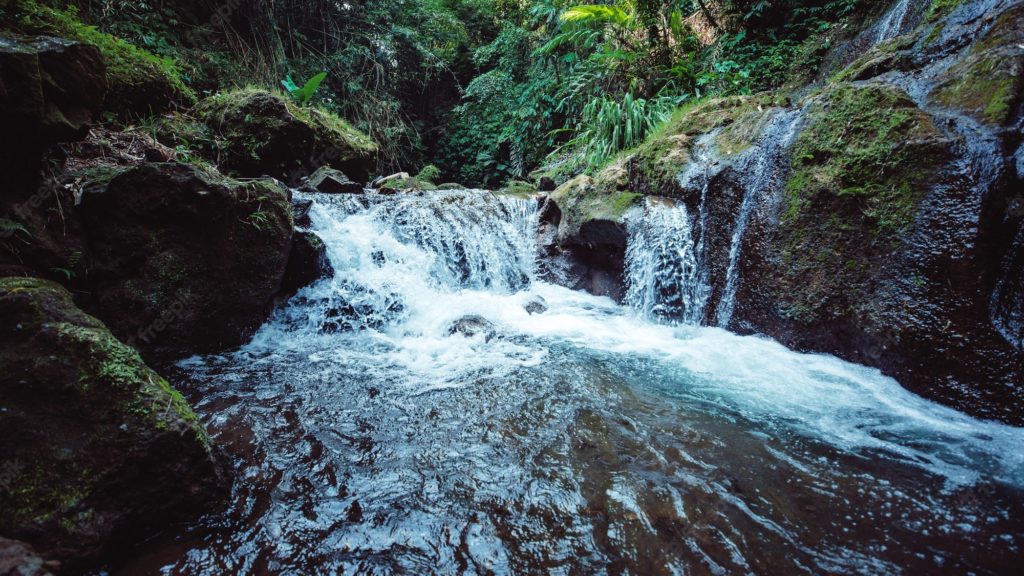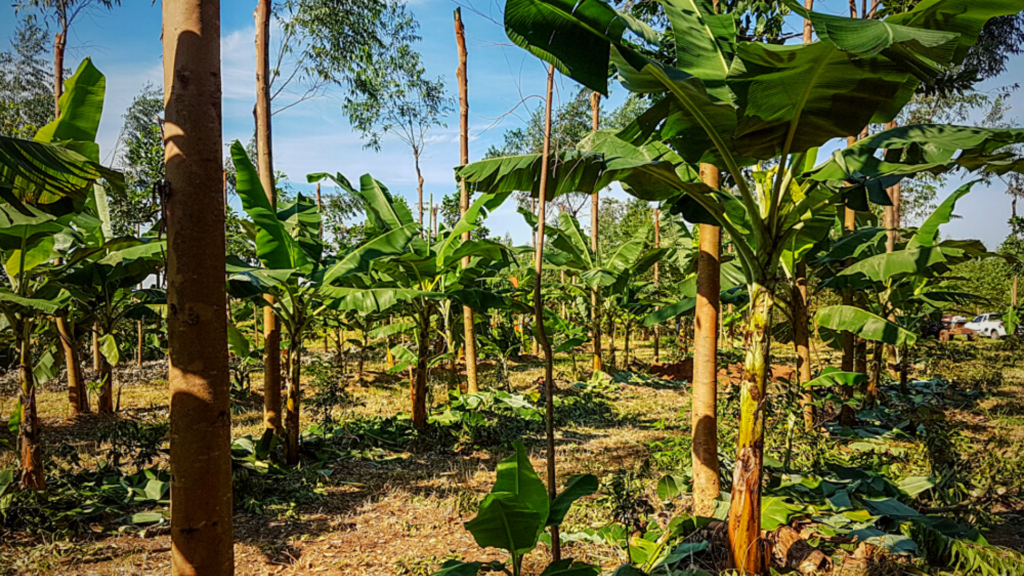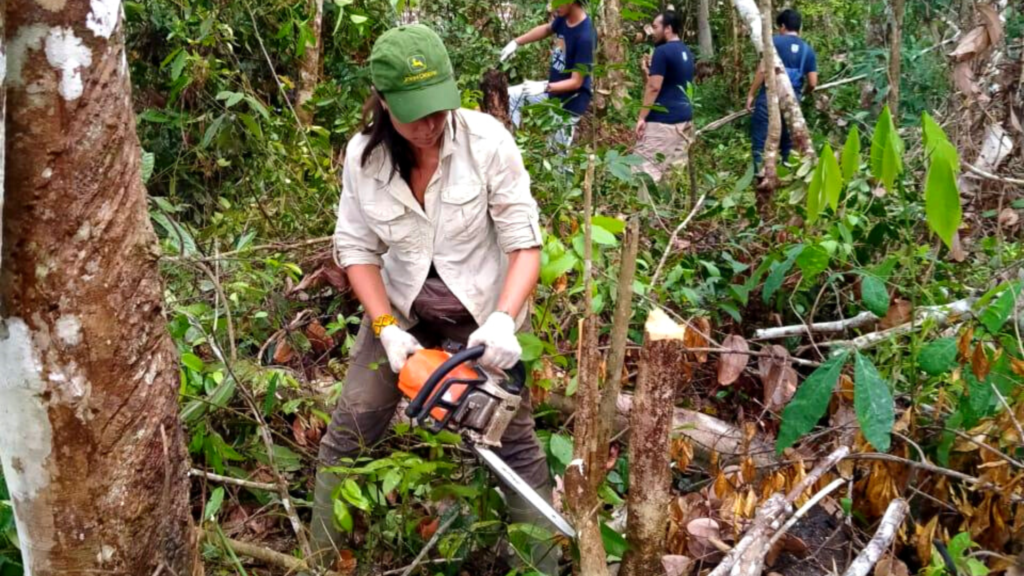Today at PRETATERRA Answer we are going to talk about a very relevant topic: restoration of springs! This was a question sent by Marco, by email.
The water resources of a property are one of the most important assets and must be preserved. If you have a property or know an area that used to have a spring and it no longer exists or is drying up, the first step to do to restore it is to fence its perimeter, especially if animals have access to the place. After its mechanical protection is done, it is important to clean the land, such as a mowing, to remove weeds and make space for the planting of native trees.
What kind of species can I use in spring restoration?
From this mowing procedure, you can sow seeds of various species of native trees (seed muvuca technique) or plant seedlings of trees. In the case of seed planting, it will be necessary to remove plants that grow together or are competing. Fertilization can be done by covering each plant and don't forget to cover the seedlings with biomass to maintain the microclimate. In the case of planting by seedlings, it may be interesting to choose native seedlings that are also fruitful, to attract fauna and provide fruit for manual harvesting and consumption.
How many meters from the spring should I plant?
With the fencing for physical protection and the planting of trees, which will, with their roots, aerate and protect the soil, in addition to reaching groundwater, the spring will return over the years! Remembering that the spring area is a Permanent Preservation Area and must be reforested, with the minimum area for restoration being the entire 50-meter perimeter formed from the spring. For other water courses, the distance varies and it is recommended to consult the Forest Code before starting planting.



 agroforestry taken seriously
agroforestry taken seriously 